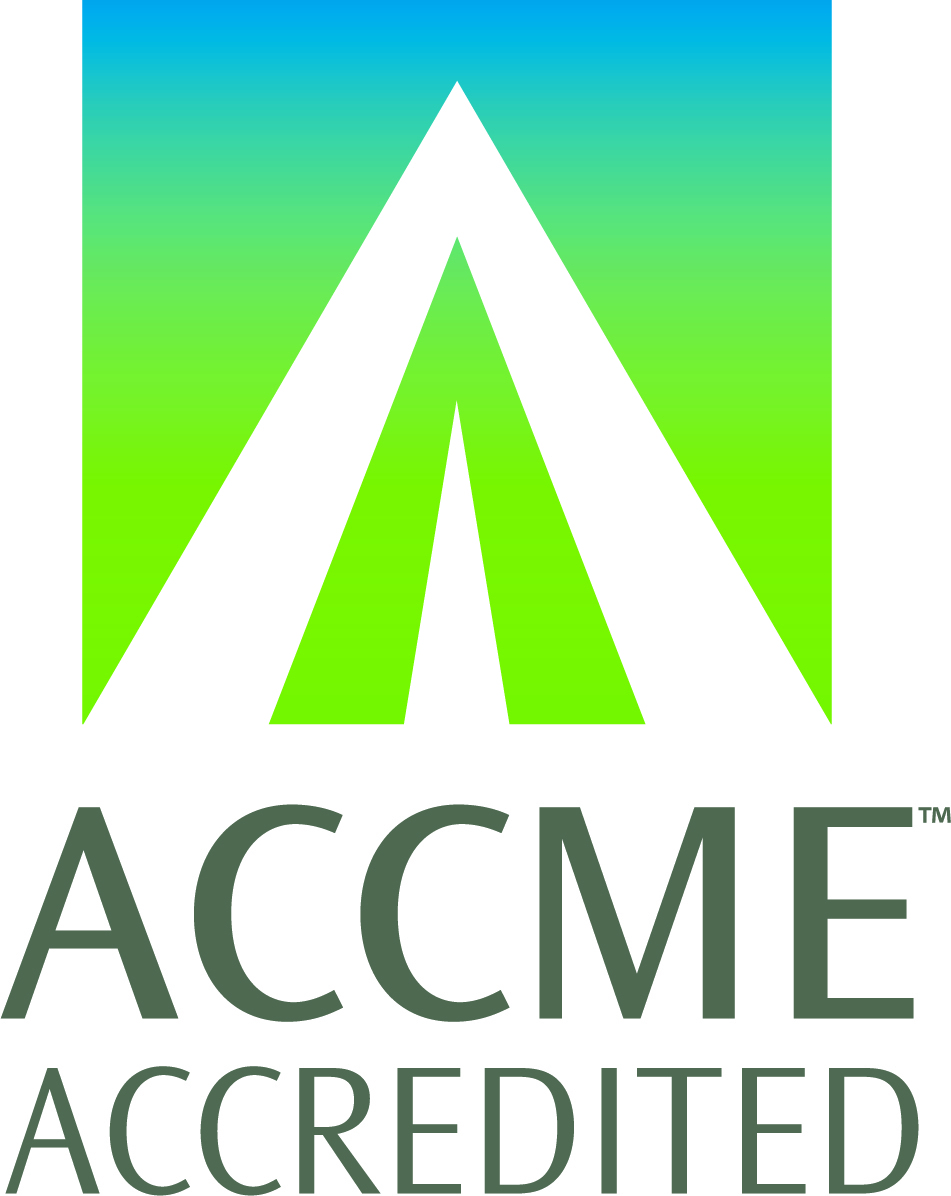
2024 Journal CME: The effect of restrictive fluid management on outcomes among geriatric hip fractures: a retrospective cohort study at five level I trauma centers
-
Register
- Non-member - $30
- Active Member - Free!
- Research Member - Free!
- Clinical Member - Free!
- Candidate - Free!
- Trauma Practice Professional - Free!
- Emeritus Member - Free!
- International Active Member Tier 4 - Free!
- International Active Member Tier 2 - Free!
- International Active Member Tier 3 - Free!
- International Active Member Tier 1 - Free!
- International Candidate - Free!

Accreditation Statement: The Orthopaedic Trauma Association (OTA) is accredited by the Accreditation Council for Continuing Medical Education (ACCME) to provide continuing medical education for physicians.
Credit Designation: OTA designates this journal-based CME for a maximum of 1 AMA PRA Category 1 Credits™. Physicians should claim only the credit commensurate with the extent of their participation in the activity.
Learning Objectives
After completing this activity, learners will be able to:
1. Describe the concept of restrictive fluid management regarding hemodynamic properties, time to ambulation, and its use in patients who suffered traumatic injuries.
2. Describe the effects of restrictive fluid management on outcomes observed in this study of geriatric hip fractures.
Faculty
- Author: Stephanie Jarvis, MPH
Read this on the OTA International Journal site
Original release date: 02/20/2024
Expiration date: 02/20/2025
Estimated time to complete activity: 1 hour
Statement of Need/Description/or Summary of Gap Analysis:
Previous research has shown restrictive fluid management (RFM) to be associated with reduced mortality for trauma patients who arrive hemodynamically unstable, or those with penetrating trauma. However, there is a lack of research evaluating the efficacy of RFM among geriatric patients who suffered hip fractures, and typically do not meet the definition of hemodynamically unstable. After completing this CME course, you should be able to describe the risks evaluated and potential benefits of restrictive fluid management identified in this retrospective propensity matched study in a population of geriatric trauma patients who suffered hip fractures.
Instructional Format: This Orthopaedic Trauma Association International Journal CME activity consists of a journal article, a quiz, and an evaluation.
Method of Participation: There are no fees for members to participate in this activity. Non-members must pay $30. This online activity consists of an article, a self-assessment exam, and an evaluation. To receive AMA PRA Category 1 Credit™ credit, participants must read the journal article, successfully complete the post-test quiz, and achieve a minimum score of 75% on the quiz. The quiz includes 4 multiple choice questions. Learners will be asked to read each question, select an answer, and review the section of the article where the answer is found. Learners will be able to review the content and repeat the quiz as many times as needed. Upon achieving a score of 75% or higher, learners will be asked to complete a post-activity evaluation. A certificate of credit or participation will be available upon successful submission of the post-activity evaluation.
Disclosures:
The Orthopaedic Trauma Association has implemented a policy to comply with the current Accreditation Council for Continuing Medical Education (ACCME) Standards for Integrity and Independence in Accredited Continuing Education requiring mitigation of all conflicts of interest. Faculty declaring a relevant commercial interest must be identified in the activity syllabus and/or program.
In accordance with disclosure policies of OTA and the ACCME, every effort has been made to ensure all CME activities are balanced, independent, objective, and scientifically rigorous. These policies include complying with ACCME’s Standards for Integrity and Independence in Accredited Continuing Education and mitigating all relevant conflicts of interest for all individuals in control of content.
All of the relevant financial relationships listed for these individuals have been mitigated
All disclosures are available on the "Disclosure" tab.
Disclaimer: The information in this educational activity is provided for general medical education purposes only and is not meant to substitute for the independent medical judgment of a physician relative to diagnostic and treatment options of a specific patient's medical condition. The viewpoints expressed in this CME activity are those of the authors/faculty. They do not represent an endorsement by the OTA. In no event will the OTA be liable for any decision made or action taken in reliance upon the information provided through this CME activity.
Commercial Support: There is no commercial support for this activity

